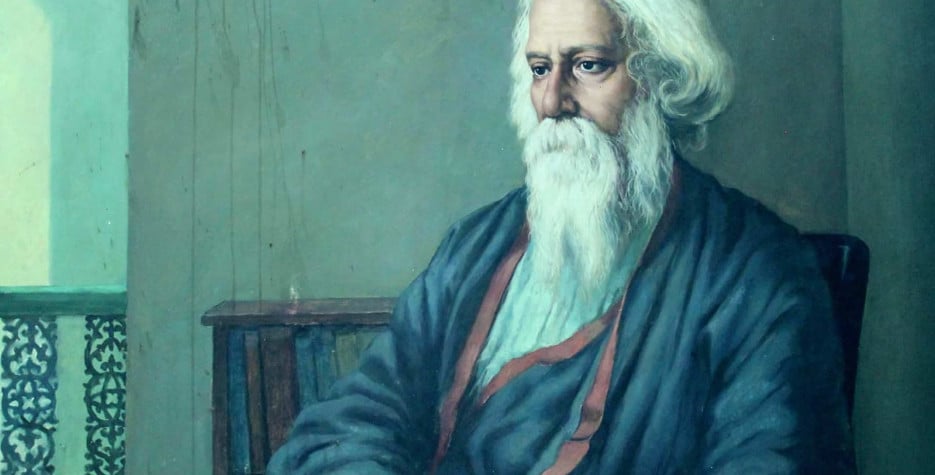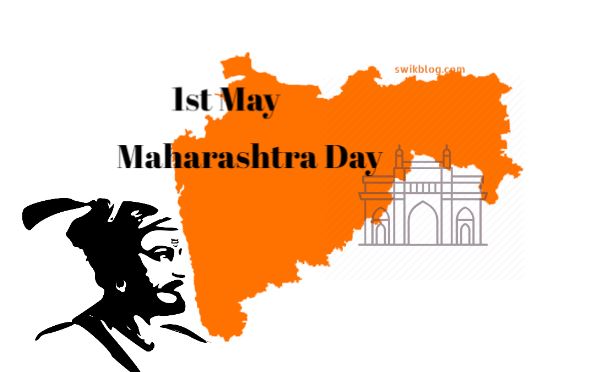
India, a land of captivating diversity, is a tapestry woven with various colours, languages, traditions, and landscapes. And an immediate question that arises is, “How many states are there in India?” The 29 states is a fascinating puzzle that beckons exploration. Spanning from the majestic Himalayas to the pristine beaches of the south, India encompasses a kaleidoscope of cultures and traditions. And in this blog, you can embark on a journey to unravel India’s vibrant statehood and delve into the rich tapestry of its diverse regions.
The Divide
India’s states can be broadly categorised into northern, southern, eastern, western, and northeastern regions. The North-South divide is one of the notable distinctions, each region boasting its own unique charm. The states in the north, such as Uttar Pradesh and Punjab, are known for their historical significance and influence on Indian politics.
On the other hand, the southern states like Karnataka and Andhra Pradesh charm with their lush greenery, ancient temples, and distinct Dravidian culture. Karnataka is home to the architectural marvels of Hampi and the picturesque hill station of Coorg. Andhra Pradesh, with its cuisine, offers a delightful experience for food and history enthusiasts alike.
Eastern Enigma
As you shift your focus to the eastern states of India, a different narrative unfolds. West Bengal, with its intellectual heritage and cultural vibrancy, celebrates the legacy of luminaries like Rabindranath Tagore. Kolkata, the state capital, showcases a blend of British colonial architecture, literary prowess, and delectable sweets like Rosogolla and Sandesh.
Odisha, the land of ancient temples and exquisite art forms, offers a glimpse into the rich heritage of ancient India. The magnificent Sun Temple in Konark, adorned with intricate sculptures, is a UNESCO World Heritage Site. The state’s traditional art forms, like Pattachitra paintings and Odissi dance, have transcended time, keeping the cultural flame alive.
Assam, nestled in the northeastern part of the country, enthrals with its tea gardens, wildlife sanctuaries, and warm hospitality. The one-horned rhinoceros in Kaziranga National Park and the vibrant Bihu dance are iconic symbols of the state’s natural and cultural heritage. The northeastern states, including Nagaland, Manipur, Meghalaya, Tripura, Mizoram, and Sikkim, add their own unique flavours to this cultural feast.
Western Wonders
In the western region of India, Gujarat stands tall with its architectural marvels like the Rani ki Vav and the white desert of Kutch. Ahmedabad, the state’s largest city, preserves its heritage through its pols (old residential quarters) and the iconic Sabarmati Ashram associated with Mahatma Gandhi.
Maharashtra, the powerhouse of commerce and entertainment, shines with its bustling cities and the vibrant festival of Ganesh Chaturthi. The financial capital Mumbai, often referred to as the city that never rests, is a melting pot of cultures and dreams.
Goa, the smallest state in India, entices with its sun-kissed beaches, Portuguese-influenced architecture, and vibrant nightlife. The state’s churches and cathedrals, such as the Basilica of Bom Jesus, offer a glimpse into its colonial past.
The Northeastern Delight
The northeastern states of India, often referred to as the Seven Sisters, are a treasure trove of natural beauty and cultural diversity. Arunachal Pradesh, with its mist-covered mountains and tribal heritage, paints a mesmerising picture.
Nagaland, Manipur, and Meghalaya captivate with their enchanting landscapes and vibrant tribal festivals. Manipur’s Sangai Festival showcases its traditional dance forms and indigenous crafts. Meghalaya, aptly called the “abode of clouds,” enchants with its breathtaking waterfalls, living root bridges, and the cultural extravaganza of the Shillong Autumn Festival.
Tripura, Mizoram, and Sikkim add their own unique flavor to this cultural feast. Tripura, known for its rich mythology and palaces like the Neermahal, offers a glimpse into its royal past. Sikkim entices with its serene monasteries, scenic beauty, and the warm hospitality of its people. India’s state puzzle unravels a magnificent tapestry of diversity and cultural splendor, and the question “How many states are there in India?” is answered culturally. The country’s federal structure, comprising 29 states, is a testament to its unity in diversity. Embarking on this journey allows you to appreciate the myriad facets of India’s cultural kaleidoscope.













